The books on this year's open organization reading list crystallize so much of what makes "open" work: Honesty, authenticity, trust, and the courage to question those status quo arrangements that prevent us from achieving our potential by working powerfully together.
These nine books—each one a recommendation from a member of our community—represent merely the beginning of an important journey toward greater and better openness.
But they sure are a great place to start.
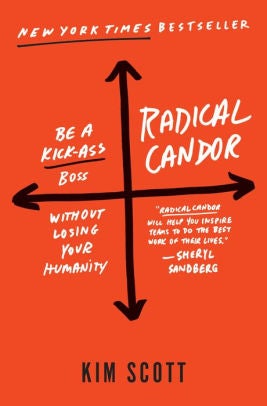 Radical Candor
Radical Candor
by Kim Scott (recommended by Angela Roberstson)
Do you avoid conflict? Love it? Or are you somewhere in between?
Wherever you are on the spectrum, Kim Scott gives you a set of tools for improving your ability to speak your truth in the workplace.
The book is divided into two parts: Part 1 is Scott's perspective on giving feedback, including handling the conflict that might be associated with it. Part 2 focuses on tools and techniques that she recommends.
Radical candor is most impactful for managers when it comes to evaluating and communicating feedback about employee performance. In Chapter 3, "Understand what motivates each person on your team," Scott explains how we can employ radical candor when assessing employees. Included is an explanation of how to have constructive conversations about our assessments.
I also appreciate that Scott spends a few pages sharing her perspective on how gender politics can impact work. With all the emphasis on diversity and inclusion, especially in the tech sector, including this topic in the book is another reason to read.
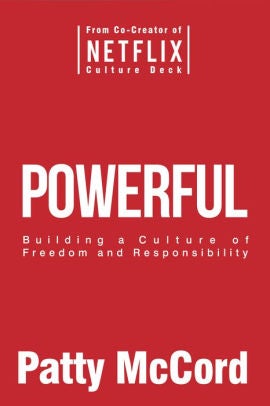 Powerful
Powerful
by Patty McCord (recommended by Jeff Mackanic)
Powerful is an inspiring leadership book by Patty McCord, the former chief talent officer at Netflix. It's a fast-paced book with many great examples drawn from the author's career at Netflix.
One of the key characteristics of an open organization is collaboration, and readers will learn a good deal from McCord as she explains a few of Netflix's core practices that can help any company be more collaborative.
For McCord, collaboration clearly begins with honesty. For example, she writes, "We wanted people to practice radical honesty: telling one another, and us, the truth in a timely fashion and ideally face to face." She also explains how, at Netflix, "We wanted people to have strong, fact-based opinions and to debate them avidly and test them rigorously."
This is a wonderful book that will inspire the reader to look at leadership through a new lens.
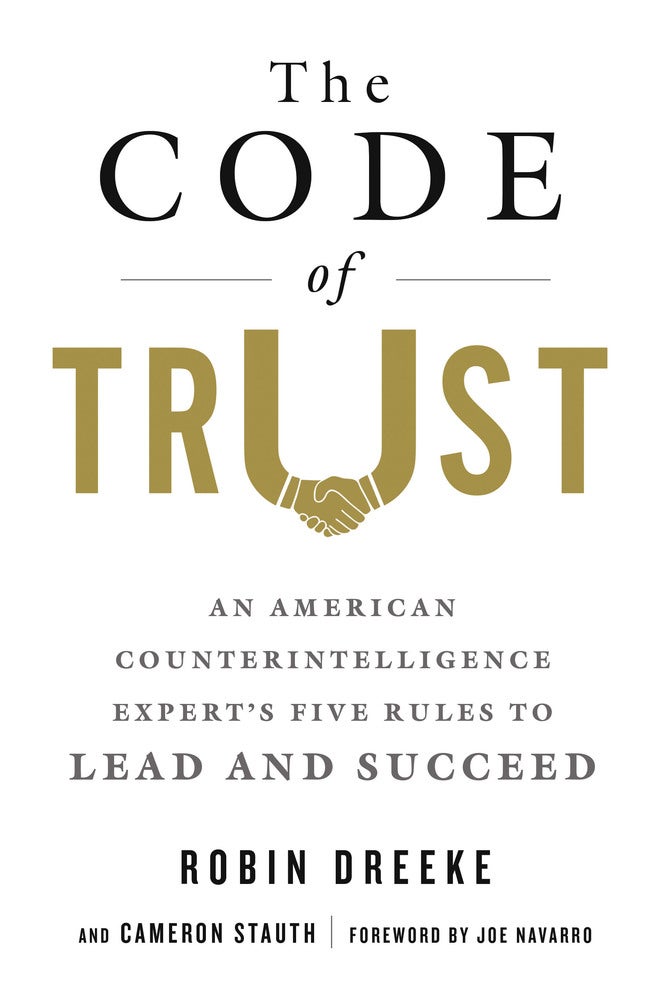 The Code of Trust
The Code of Trust
by Robin Dreeke (recommended by Ron McFarland)
Author Robin Dreeke was an FBI agent, which gave him experience getting information from total strangers. To do that, he had to get people to be open to him.
His experience led to this book, which offers five rules he calls "The Code of Trust." Put simply, the rules are: 1) Suspend your ego or pride when you meet someone for the first time, 2) Avoid being judgmental about that person, 3) Validate the person's position and feelings, 4) Honor basic reason, and 5) Be generous and encourage building the value of the relationship.
Dreeke argues that you can achieve the above by 1) Aligning your goals with others' after learning what ther goals are, 2) Understanding the power of context and their situations, 3) Crafting the meeting to get them to open up to you, and 4) Connecting with deep communication (something over and above language that includes feelings as well).
The book teaches how to do the above, so I learned a great deal. Overall, though, it makes some important points for anyone interested in open organizations. If people are cooperative, engaged, interactive, and open, an organization with many outside contributors can be very successful. But if people are uninterested, non-cooperative, protective, reluctant to interact, and closed, an organization will suffer.
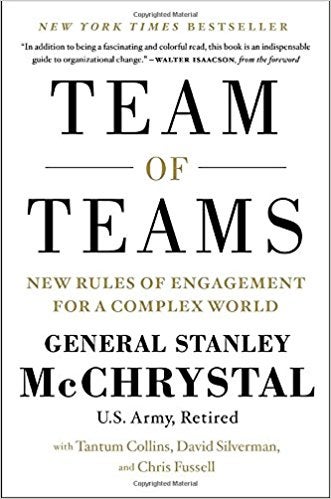 Team of Teams
Team of Teams
by Gen. Stanley McChrystal, Chris Fussell, and Tantum Collins (recommended by Matt Micene)
Does the highly specialized and hierarchical United States military strike you as a source for advice on building agile, integrated, highly disparate teams? This book traces General McChrystal's experiences transforming a team "moving from playing football to basketball, and finding that habits and preconceptions had to be discarded along with pads and cleats."
With lives literally on the line, circumstances forced McChrystal's Joint Special Operations Task Force walks through some radical changes. But as much as this book takes place during a war, it's not a story about a war. It's a story that traces Frederick Winslow Taylor's legacy and impact on the way we think about operational efficiency. It's about the radical restructuring of communications in a siloed organization. It distinguishes the "complex" and the "complicated," and explains the different forces those two concepts exert on organizations. Readers will note many themes that resonate with open organization thinking—like resilience thinking, the OODA loop, systems thinking, and empowered execution in leadership.
Perhaps most importantly, you'll see more than discourse and discussion on these topics. You'll get to see an example of a highly siloed organization successfuly changing its culture and embracing a more transparent and "organic" system of organization that fostered success.
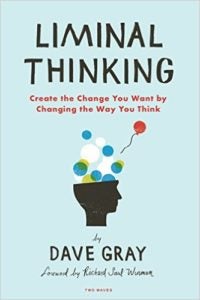 Liminal Thinking
Liminal Thinking
by Dave Gray (recommended by Angela Roberstson)
When I read this book's title, the word "liminal" throws me every time. I think "limit." But as Dave Gray patiently explains, "The word liminal comes from the Latin root limen, which means threshold." Gray shares his perspective on ways that readers can push past the boundaries of our thinking to become more creative, impactul leaders.
I love how Gray quickly explains how beliefs impact our lives. We can reframe beliefs, he says, if we're willing to stop clinging to them. The concise text means that you can read and reread this book as you work to implement the practices for enacting change that Gray provides.
The book is divided into two parts: Principles and Practices. After describing each of the six principles and nine practices, Gray offers a short exercise you can complete. Throughout the book are also great visuals and quotes to ensure you're staying engaged.
Read this book if you're looking for fresh ideas about how to manage change.
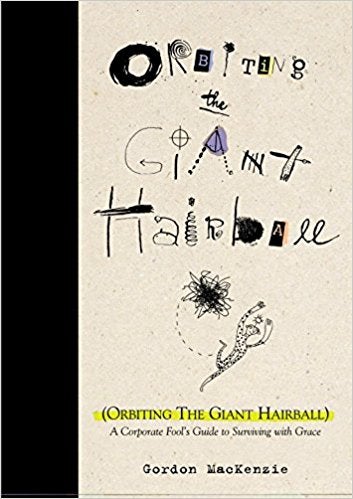 Orbiting the Giant Hairball
Orbiting the Giant Hairball
by Gordon MacKenzie (recommended by Allison Matlack)
Sometimes—even in open organizations—we can struggle to maintain our creativity and authenticity in the face of the bureaucratic processes that live at the heart of every company of certain size. Gordon MacKenzie offers a refreshing alternative to corporate normalcy in this charming book that has been something of a cult classic since it was self-published in the 1980s.
There's a masterpiece in each of us, MacKenzie posits—one that is singular and unique. We can choose to paint by the corporate numbers, or we can find real joy in using bold strokes to create an original work of art.
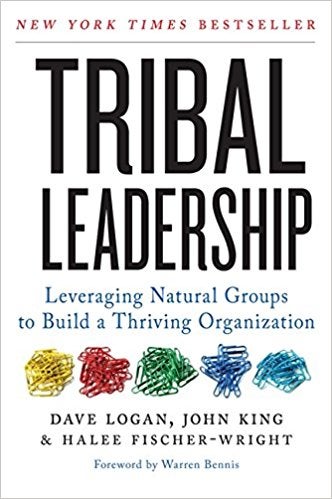 Tribal Leadership
Tribal Leadership
by Dave Logan, John King, and Halee Fischer-Wright (recommended by Chris Baynham-Hughes)
Too often, technology rather than culture an organization's starting point for transformation, innovation, and speed to market. I've lost count of the times I've used this book to frame conversations around company culture and challenge leaders on what they are doing to foster innovation and loyalty, and to create a workplace in which people. It's been a game-changer for me.
Tribal Leadership is essential reading for anybody interested in workplace culture or a leadership role—especially those wanting to develop open, innovative, and collaborative cultures. It provides an evidence-based approach to developing corporate culture detailing: 1) five distinct stages of tribal culture, 2) a framework to develop yourself and others as tribal leaders, and 3) characteristics and coaching tips to ensure practitioners can identify the levels each individual is at and nudge them to the next level. Each chapter presents a case study narrative before identifying coaching tips and summarizing key points. I found it enjoyable to read and easy to remember.
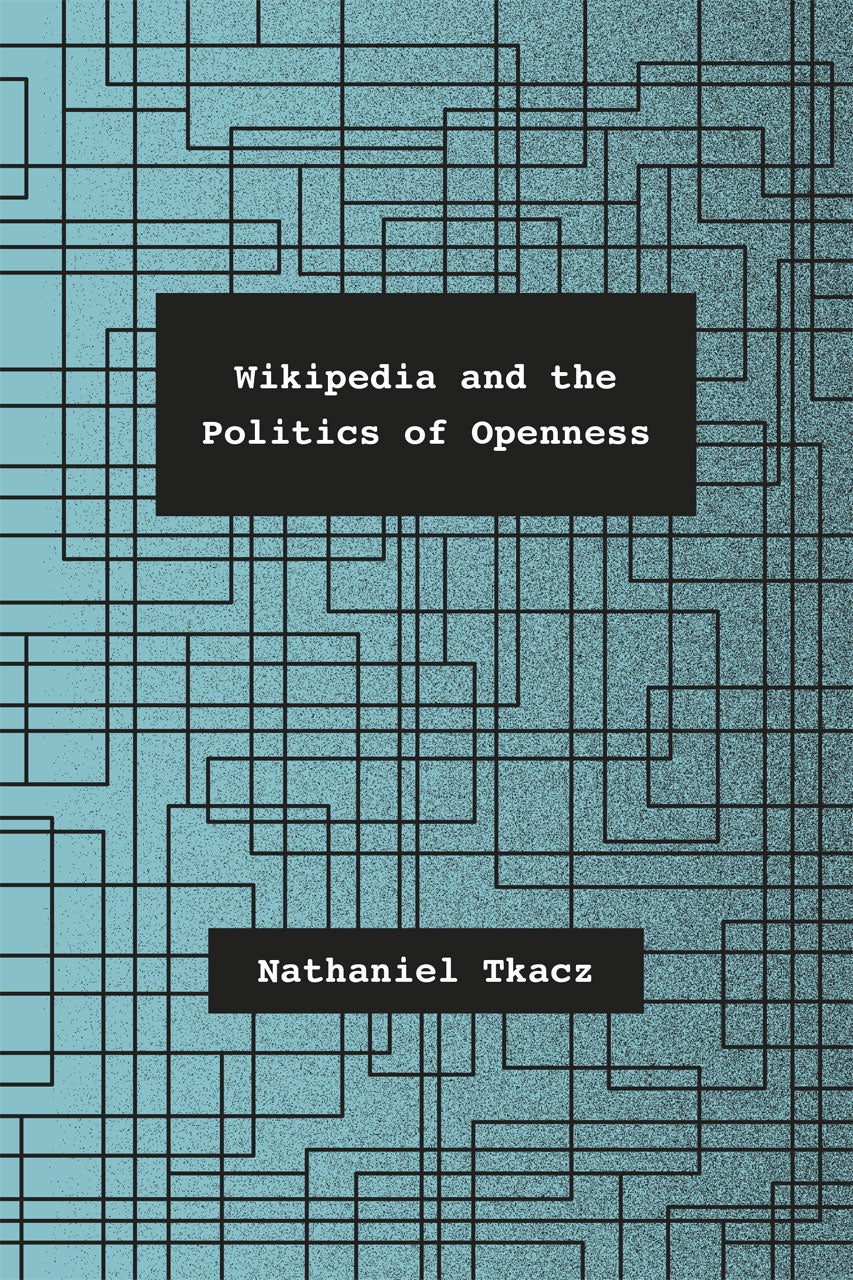 Wikipedia and the Politics of Openness
Wikipedia and the Politics of Openness
by Nathaniel Tkacz (recommended by Bryan Behrenshausen)
This thing we call "open" isn't something natural or eternal—some kind of fixed and immutable essence or quality that somehow exists outside time. It's flexible, contingent, context-specific, and the site of so much negotiation and contestation. What does "open" mean to and for the parties most invested in the term? And what happens when we organize groups and institutions around those very definitions? What (and who) do they enable? And what (and who) do they preclude?
Tkacz explores these questions with historical richness and critical flair by examining one of the world's largest and most notable open organizations: Wikipedia, that paragon of ostensibly participatory and collaborative behavior. Tkacz is perhaps less sanguine: "While the force of the open must be acknowledged, the real energy of the people who rally behind it, the way innumerable projects have been transformed in its name, the new projects and positive outcomes it has produced—I suggest that the concept itself has some crucial problems," he writes. Read on to see if you agree.
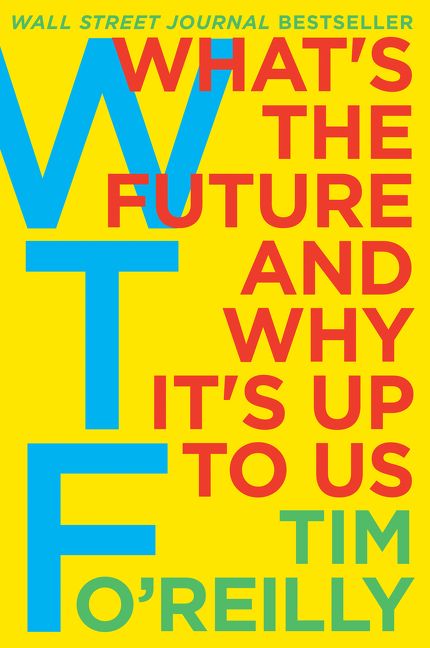 WTF? What's the Future and Why It's Up to Us
WTF? What's the Future and Why It's Up to Us
by Tim O'Reilly (recommended by Jason Hibbets)
Since I first saw Tim O'Reilly speak at a conference many years ago, I've always felt he had a good grasp of what's happening not only in open source but also in the broader space of digital technology. O'Reilly possesses the great ability to read the tea leaves, to make connections, and (based on those observations), to "predict" potential outcomes. In the book, he calls this map making.
While this book is about what the future could hold (with a particular filter on the impacts of artificial intelligence), it really boils down to the fact that humans are shaping the future. The book opens with a pretty extensive history of free and open source software, which I think many in the community will enjoy. Then it dives directly into the race for automated vehicles—and why Uber, Lyft, Tesla, and Google are all pushing to win.
And closely related to open organizations, the book description posted on Harper Collins poses the following questions:
- What will happen to business when technology-enabled networks and marketplaces are better at deploying talent than traditional companies?
- How should companies organize themselves to take advantage of these new tools?
As many of our readers know, the future will be based on open source. O'Reilly provides you with some thought-provoking ideas on how AI and automation are closer than you might think.
Do yourself a favor. Turn to your favorite AI-driven home automation unit and say: "Order Tim O'Reilly 'What's the Future.'"





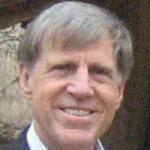


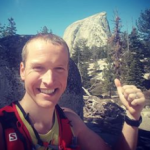



3 Comments